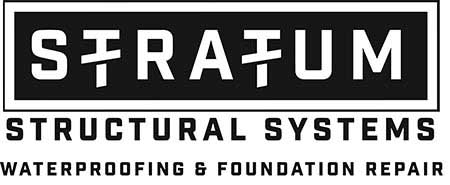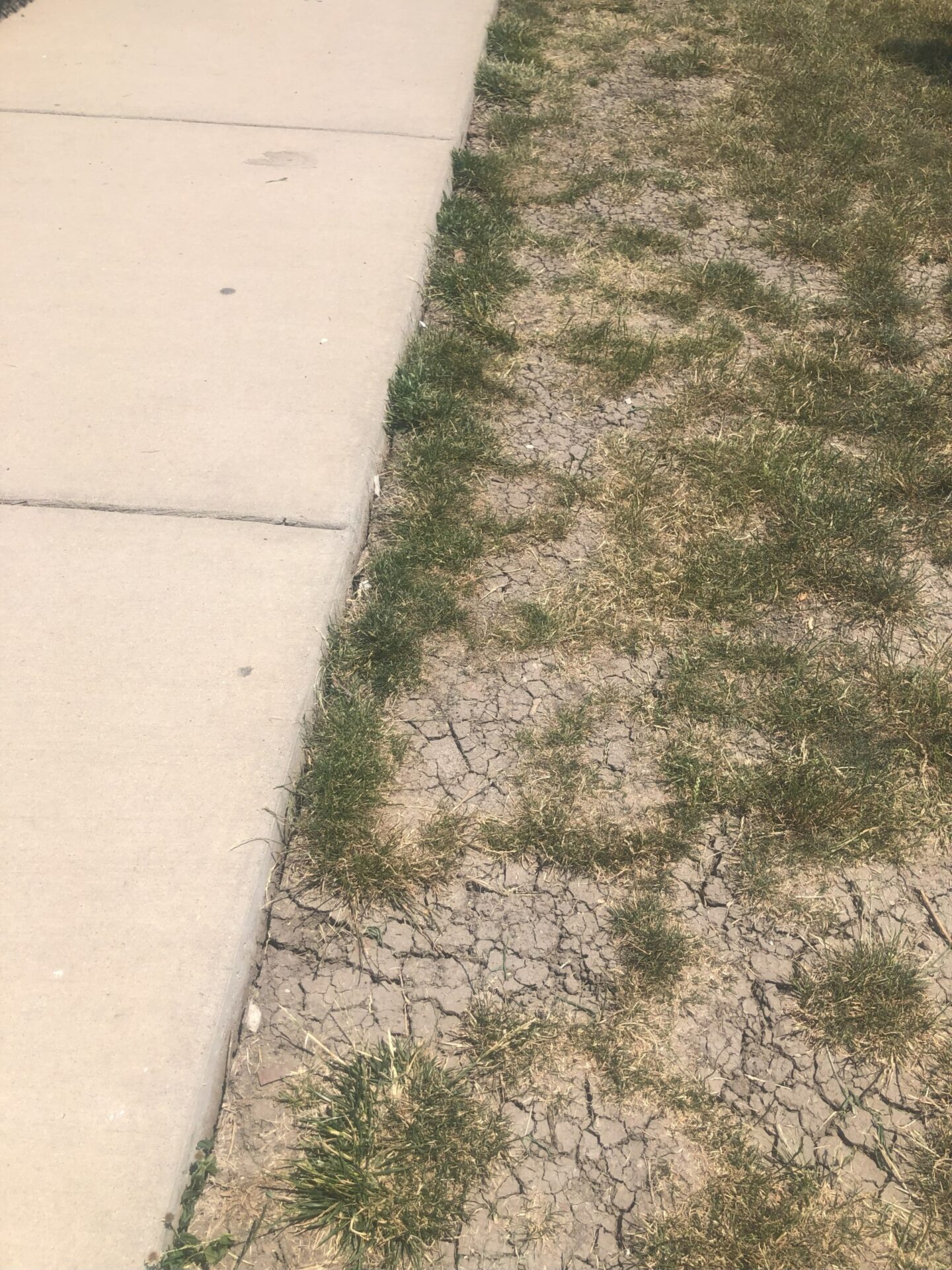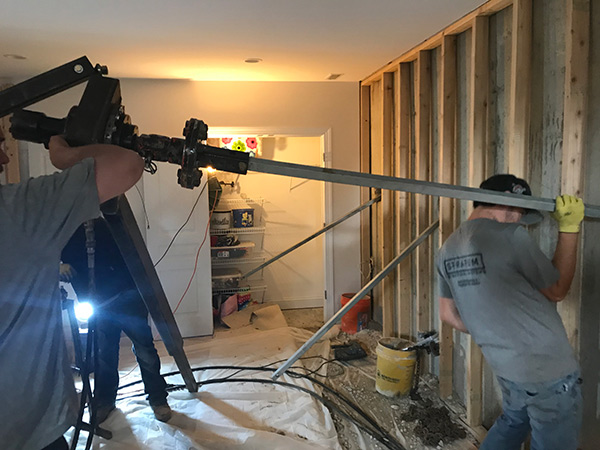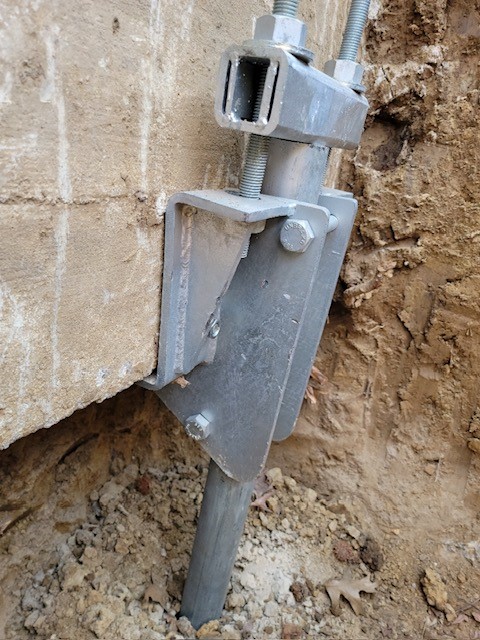Understanding Bowing Walls in St. Louis: Causes and Consequences

Bowing walls are a prevalent issue for many homeowners in St. Louis. This issue often arises from the unique combination of clay-rich soils and fluctuating moisture levels characteristic of the region. As the soil expands and contracts with the seasons, it can exert significant pressure on foundation walls, leading to structural concerns that require immediate attention. Ignoring these signs of bowing walls can result in serious consequences, including structural damage, water intrusion, and increased repair costs. Understanding the causes of bowing walls is crucial for homeowners, as early intervention can prevent minor issues from escalating into major problems.
Common Causes of Bowing Walls in St. Louis
Many factors can start the development of bowing walls in your home. Commonly, bowing walls are the result of a combination of these factors.
Clay-Rich Soils
St. Louis is well-known for its unique soil composition, primarily consisting of clay-rich soils. This soil type is often referred to as expansive soil, as clay-rich soil has a remarkable ability to absorb and retain moisture.
While this characteristic can be beneficial for vegetation, it poses significant challenges for homeowners and their foundation walls. The lateral pressure exerted by expanding soil can cause walls to bow inward.
If you notice bowing walls forming, contact a licensed professional in St. Louis for an assessment. You want to fix walls bowing inward before the weather changes too drastically. As we’ll discuss, fluctuating moisture levels in soil can cause even more damage to your property.
Fluctuating Moisture Levels
St. Louis experiences distinct seasonal changes, which significantly impact soil moisture levels throughout the year. We experience everything from humid summers with occasional heavy rainfall to cold winters with freezing temperatures. This wide array of weather patterns can cause the soil around your foundation to expand and contract.
As we’ve mentioned, the clay-rich soils prevalent in the St. Louis area expand when we. During the wetter months, typically spring and early summer, the soil absorbs excess moisture and expands. This expansion exerts increased pressure against foundation walls, potentially causing them to bow inward.
Conversely, the hot and dry periods often experienced in late summer can lead to soil shrinkage, creating gaps around the foundation. This cycle of wet expansion and dry contraction puts continuous stress on your home’s foundation walls, gradually weakening them over time.
The freeze-thaw cycles common in St. Louis winters further complicate matters. As water in the soil freezes, it expands, potentially pushing against foundation walls. The soil can become oversaturated when it thaws, leading to increased hydrostatic pressure.
These seasonal fluctuations create a constant push-and-pull effect on your foundation, making it crucial for homeowners to be vigilant about changes in their foundation walls year-round.
Hydrostatic Pressure
Hydrostatic pressure occurs when water accumulates in the soil surrounding a foundation. This build-up exerts pressure against the walls. It increases with depth, making the lower portions of basement walls particularly vulnerable.
Hydrostatic pressure is a constant force that can gradually weaken and deform foundation walls over time, leading to bowing and other structural issues.
Heavy rains and poor drainage significantly contribute to the buildup of hydrostatic pressure around foundations. When rainwater isn’t properly diverted away from a home, it saturates the surrounding soil, increasing the water content and, consequently, the pressure against foundation walls.
Tree Roots
St. Louis is known for its lush vegetation, with many homeowners taking pride in their beautiful trees and landscaping. However, the same trees that provide shade and aesthetic appeal can also pose significant risks to your home’s foundation. The root systems of trees, especially larger species common in the area, can extend far beyond their canopies, often reaching underneath your home’s foundation.
As tree roots grow and spread, they can have a profound impact on soil moisture and stability around your foundation. In their search for water and nutrients, roots can absorb significant amounts of moisture from the soil, particularly during dry periods. This process can lead to soil shrinkage and the formation of voids beneath your foundation, potentially causing settling or shifting.
Conversely, during wet seasons, the presence of extensive root systems can alter the soil’s ability to drain properly, leading to oversaturation and increased hydrostatic pressure against foundation walls. This constant cycle of moisture fluctuation can weaken the soil structure over time, compromising the stability of your home’s foundation.
Signs of Bowing Walls
Recognizing the signs of bowing walls early is crucial for homeowners, as timely intervention can prevent more severe structural issues down the line.
There are several key indicators that may suggest your foundation walls are experiencing distress:
- Foundation cracks (diagonal and horizontal)
- Visual bowing or leaning of walls
- Damage to interior walls and floors
If you observe any of these warning signs of bowing walls, it’s essential to consult with a foundation expert in St. Louis. They can evaluate the situation and determine the best course of action to protect your home.
Consequences of Ignoring Bowing Walls
Bowing walls are not just an aesthetic concern. If left unaddressed, they can lead to significant structural damage. Initially, homeowners might notice small cracks or slight wall bowing.
However, these seemingly minor problems can quickly escalate into major structural concerns. As the pressure on the walls increases over time, the risk of severe damage, including potential wall collapse, becomes more pronounced.
Bowing walls can also lead to water infiltration, which poses its own set of challenges. As walls bow and crack, they create pathways for water to enter the basement, increasing the risk of flooding.
This moisture intrusion can lead to the growth of mold and mildew, which not only damages your property but also poses health risks to occupants.
Timing is crucial when it comes to repair costs. Addressing bowing walls early can save homeowners a significant amount of money compared to waiting until the damage has progressed.
Early interventions, such as installing wall anchors or carbon fiber straps, are generally less invasive and more cost-effective than major structural repairs required for severely damaged walls. By acting promptly, homeowners can avoid the higher costs associated with extensive repairs.
Professional Assessment for Bowing Walls in St. Louis
Attempting to address bowing walls through DIY solutions can be risky and often leads to more harm than good. Without the proper expertise and equipment, you may inadvertently worsen the structural issues, increasing the potential for significant damage to your home.
At Stratum Structural Systems, we understand the complexities involved in foundation repair and offer expert evaluations to ensure that the root causes of bowing walls are accurately identified and effectively addressed.
Our team is equipped with the knowledge and tools necessary to implement engineered solutions tailored to your home’s specific needs.
We are well-versed in handling bowing walls and can identify the most effective solutions for your home. Trusting experts like us not only safeguard your property but also ensure that the solutions provided are both efficient and durable.




